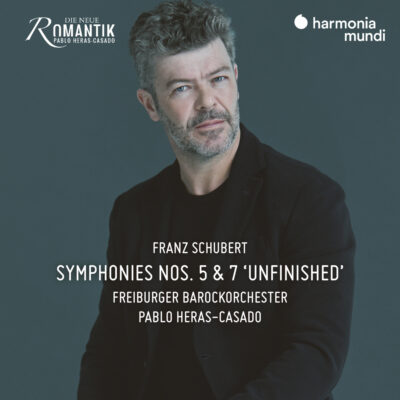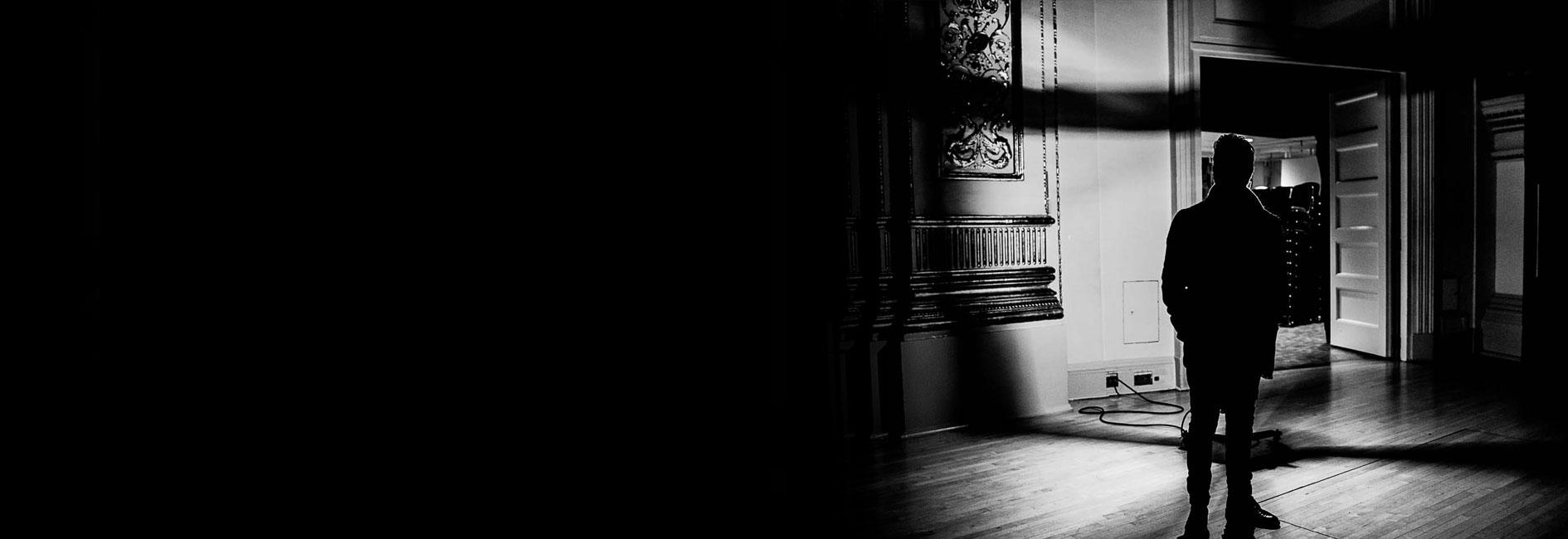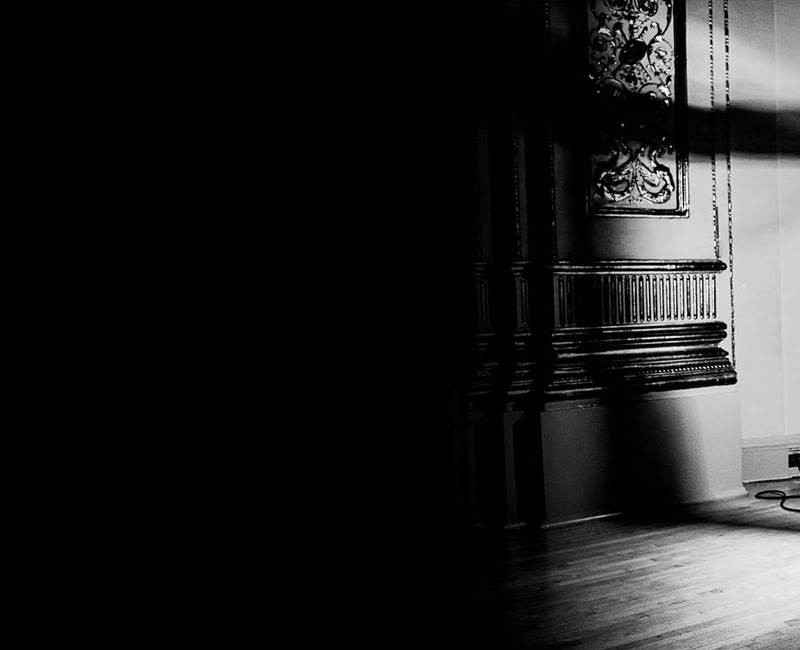
Schubert: Symphonies Nº. 5 & 7 “Unfinished” Reviews
08 Jul 2023
NDR Kultur Album of the Week: Pablo Heras-Casado conducts Schubert by Chantal Nastasi
The Spanish conductor Pablo Heras-Casado and the Freiburg Baroque Orchestra have already won several awards together. With their new Schubert recording, they succeed in creating a lively interpretation.
He is not interested in making the music sound like it did back then. But Pablo Heras-Casado once said about Schumann’s music that it is about the essential characteristics of the music and its epoch, regardless of whether it is interpreted on original sound instruments or on modern instruments. Music that he has recorded with both the Munich Philharmonic and the Freiburg Baroque Orchestra.
So now Schubert with the Freiburgers for the second time. Really exciting – through the lively interpretation, the articulation and the edgy sound of individual instruments. The youthful verve with which the 5th Symphony flowed from Schubert’s pen is transmitted immediately. Likewise the admiration for Mozart.
A pleasure to hear the works so transparently
Schubert was 19 years old when he composed his 5th Symphony – somewhat smaller in scale than the symphonies before it, more chamber-musical. He played the viola in an amateur orchestra, and his brother Ferdinand was also part of the orchestra as a violinist. Schubert became acquainted with many compositions in this way and was also able to have his own works performed and reviewed.
Whether it is the sound Schubert had in mind for his symphonies, we cannot clearly clarify. But the reading from tradition – from the baroque, the classical period – may be very close. And above all, from today’s perspective, it is a pleasure to hear the works so transparently that the one or other harmonic turn and the all but unimportant secondary and middle voices are more clearly audible than in overly romantic interpretations.
Schubert: seething beneath the surface
Schubert’s search for a new form, a new tone – this is evident in his hesitant composition of the later symphonies, some of which he did not finish – like his Eighth, which is now counted as his Seventh, Schubert’s “Unfinished”.
Longer musical arcs and developments characterise the 7th Symphony; the two completed movements are also longer and less compact as a result. Exciting and captivating, as Pablo Heras-Casado and the Freiburg Baroque Orchestra shape gentle sounds under whose surface a seething always remains perceptible.
Freiburg Baroque Orchestra convinces with rousing drama
The musicians of the Freiburg Baroque Orchestra under the Spanish conductor are great storytellers, transparent and usually lean in tone, skilfully punching without exaggerating. Beautiful sound and gruffness often merge seamlessly. The lyricism combines with the angular sound of the baroque instruments to create rousing drama.
An impressive recording that shows how successfully the Freiburg Baroque Orchestra has recently been performing music of other epochs, and a recording that underlines Pablo Heras-Casado’s maxim: “A painting by Rembrandt or Rubens doesn’t have to hang in a dark palace tower to be authentic. Instead, you look for the best conditions to hang it, to display it. It’s the same with music: we have to transfer it to today, but keep its essence.
The Classic Review
This is the second Schubert release by these forces. The first album, released a few years back, includes performances of the third and fourth symphonies that received generally favorable reviews. Many critics noted the quick tempos and rhythmic verve, and the same is true of this new album.
The Freiburger Barockorchester is an excellent period instrument ensemble. The sound is transparent and lean, winds and strings equally balanced, timpani played with hard sticks. While this surely reflects Heras-Casado interpretative ideas, it is also the sound and balance cultivated by the players themselves. More than most period bands, they often perform and record without a conductor (as seen in their recent Beethoven releases, for instance), and the unanimity of their playing, their careful elucidation of orchestral texture, as well as the tangible joy so often evident in their playing, are signs of their chamber-music approach to music making.
On initial hearing, the ‘Allegro’ opening of the fifth symphony seemed simply too fast and breathless, its 6’47” significantly faster than my two favorite period performances by Manacorda (leading the Kammerakademie Potsdam/Sony, 7’21”) and Brüggen (leading the Orchestra of the 18th Century/Philips, 7’13”). But on repeated listening the sheer joy de vivre of the music making won me over. This is athletic and agile playing that nevertheless has a balletic grace. However, the subtler shaping of phrases heard in Brüggen’s reading, or Jacobs more recent one with B’Rock, does allow Schubert’s melodies greater lyricism.

